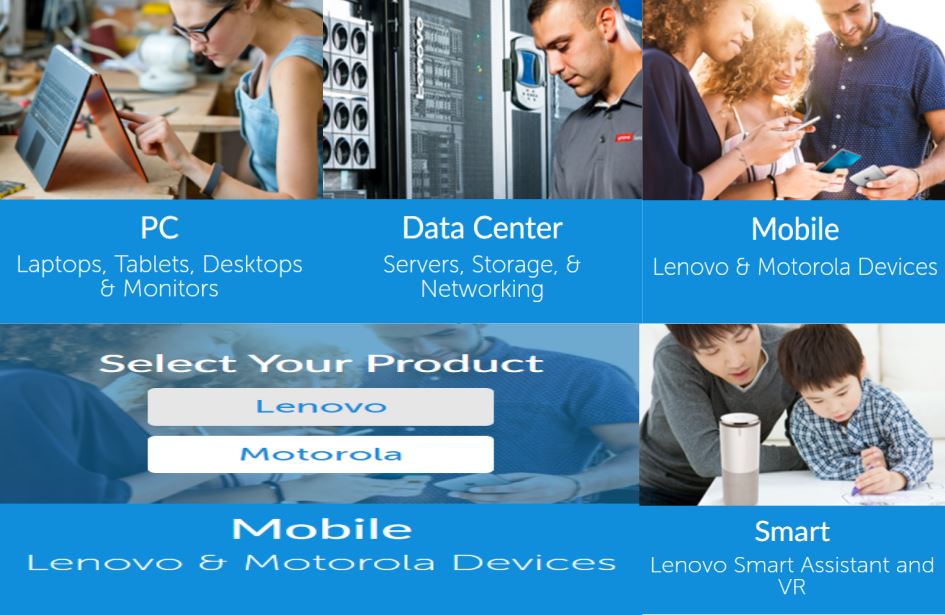In today’s fast-paced business environment, collaboration and knowledge sharing are crucial for organizations to thrive. Enterprise Content Management (ECM) systems facilitate employees’ effective collaboration and knowledge sharing.
By ensuring a centralized platform for storing, managing, and sharing content, ECM enhances teamwork, streamlines information flow, and boosts productivity. In this blog, we will explore how ECM enables collaboration and knowledge sharing, its benefits to organizations, and some best practices for implementing ECM to maximize its potential.
Centralized Content Repository
One of the key ways ECM enhances collaboration and knowledge sharing is by providing a centralized content repository. ECM systems consolidate documents, files, and other content into a single location, making it easily accessible to authorized users. This eliminates the need for multiple versions of documents scattered across various platforms, reducing confusion and checking everyone has access to the latest information.
With a centralized repository, teams can collaborate in real-time, work on shared documents simultaneously, and track changes efficiently. This fosters seamless collaboration, prevents information silos, and improves the overall quality of work.
Efficient Document Sharing and Version Control
Enterprise Content Management systems offer robust document-sharing capabilities that simplify collaboration. Employees can securely share files, documents, and other content with colleagues, regardless of their physical location.
ECM ensures version control by maintaining a complete audit trail of changes, allowing users to track revisions, and ensuring everyone works with the most up-to-date document version. This eliminates the confusion caused by multiple versions and minimizes the risk of errors because of outdated information. As a result, teams can collaborate effectively, save time, and maintain accuracy in their work.
Enhanced Communication and Collaboration Tools
ECM platforms often include built-in communication and collaboration tools that strengthen teamwork. Features such as document commenting, task assignment, and real-time collaboration on content enable seamless communication among team members.
Discussions, feedback, and annotations can be added directly within the ECM system, eliminating the need for lengthy email threads or face-to-face meetings. These tools promote efficient collaboration, encourage knowledge sharing, and improve productivity by reducing communication barriers and facilitating immediate and transparent information exchanges.
Accessible Anytime, Anywhere
ECM systems support remote and mobile work environments by providing access to content anytime, anywhere. With the rise of work from home culture and distributed teams, accessing and collaborating on documents from any location is essential.
ECM solutions ensure that employees can securely access the necessary content, work on projects, and contribute to knowledge-sharing initiatives, regardless of their physical location or device. This accessibility enables real-time collaboration, empowers remote workers, and allows organizations to tap into their workforce’s collective knowledge and expertise, regardless of geographical boundaries.
Secure Sharing with External Stakeholders
Collaboration often extends beyond internal teams to involve external stakeholders such as clients, partners, and vendors. ECM systems enable secure content sharing with these external parties, ensuring confidentiality and data protection. Organizations can collaborate with external stakeholders without compromising sensitive information through controlled access permissions and secure sharing links.
ECM platforms offer granular control over user access rights, allowing organizations to define and manage the level of access granted to different individuals or groups. This secure sharing capability fosters effective communication and collaboration with external partners, streamlining processes and maintaining data privacy.
Analytics and Insights for Performance Improvement
ECM systems provide valuable insights into content usage, user behavior, and collaboration patterns. These analytics help organizations better understand how employees interact with content and identify areas for improvement. By analyzing data such as document access, engagement, and collaboration patterns, organizations can uncover valuable insights to enhance collaboration and knowledge-sharing practices.
For example, analytics might reveal bottlenecks in workflow processes or identify knowledge gaps within teams. Armed with these insights, organizations can proactively streamline collaboration, provide targeted training, and optimize their ECM systems to better support cooperation and knowledge-sharing efforts. By leveraging analytics, organizations can continuously improve their collaboration practices, boost productivity, and promote a culture of knowledge sharing.
Advanced Search and Retrieval Capabilities
ECM systems have advanced search and retrieval capabilities that enable employees to quickly locate relevant content and information. With large volumes of data generated daily, finding specific documents or information can be time-consuming. ECM solutions offer robust search functionalities, including metadata tagging, full-text search, and advanced filters, allowing users to find the exact content they need within seconds.
This accelerates knowledge sharing by eliminating the hassle of manual searches and empowers employees to access critical information promptly. By facilitating efficient content discovery, ECM enhances collaboration by ensuring that teams have quick and easy access to the knowledge and resources required to make informed decisions and drive projects forward.
Conclusion:
Effective collaboration and knowledge sharing are vital for organizations seeking to stay competitive in today’s dynamic business landscape. Enterprise Content Management (ECM) systems provide the tools and capabilities to foster collaboration, streamline information flow, and promote knowledge sharing across teams and departments.
By centralizing content, offering efficient document sharing and version control, providing collaboration tools, and ensuring accessibility from anywhere, ECM maximizes productivity, encourages innovation, and strengthens the organization’s collective intelligence. Implementing ECM best practices and leveraging its features can assist businesses unlock the full potential of collaboration and knowledge sharing, enabling them to thrive in an increasingly interconnected world.
Read Next:
Data Center Infrastructure Management (DCIM) for Dummies




